This website uses a variety of cookies, which you consent to if you continue to use this site. You can read our Privacy Policy for
details about how these cookies are used, and to grant or withdraw your consent for certain types of cookies.
Category - Montana Flumes
Blog

Green Roof Runoff Flow Monitoring with Flumes and Weirs
Green roofs have grown in popularity in the US in the past decade. Popularized in Germany begining in the 1960's, green roofs have shown to provide benefits to the building owners and society as a whole. WIth this popularity comes a desire to best utilize the…

Stream Gauging with H Flumes
A great time lapse video showcasing the ability of the H Flume to handle a wide range of flow conditions. The video covers a six day period captured in 30 minute intervals and details the dramatic increase in flows due to a significant precipitation event. From low flows…
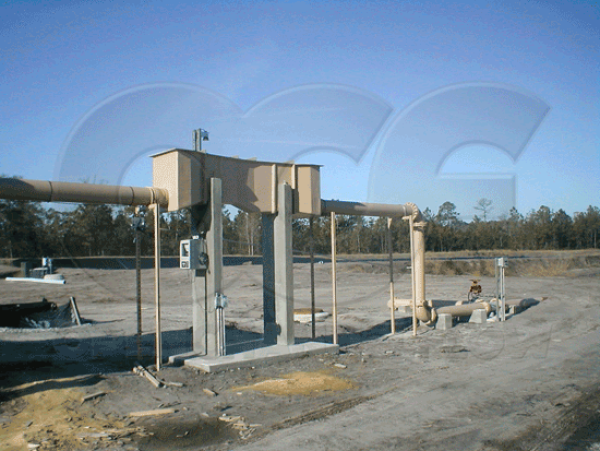
Parshall Flumes: Site Selection
Site selection should be viewed as only part of the requirements for a proper Parshall flume installation. While important, good site selection cannot overcome poor upstream or downstream conditions. In selecting a site, the following should be considered: Channel location…

Freestanding Flume Installations
The common method of installing a flume is to encase it in concrete or an earthen channel. Sometimes, though, flow needs to be measured where this just isn’t an option. For these installations something else is needed: a freestanding installation!…
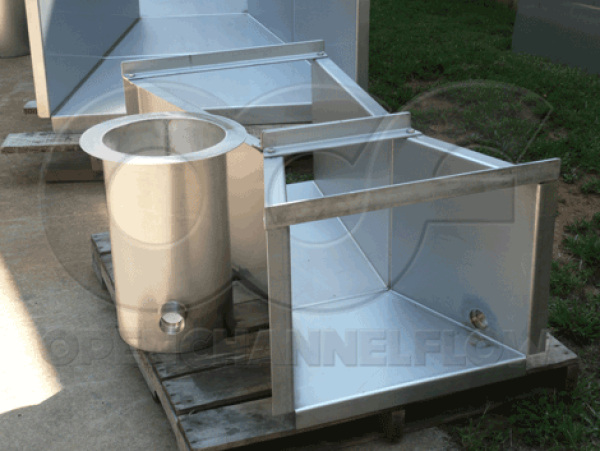
Cutthroat Flumes: See What's Missing
The Cutthroat Flume is one of the more recent styles of flumes to be developed. Development of what would become the Cutthroat flume began during the 1960’s at the Utah State Water Research Laboratory. The goal was to create a low cost flume to monitor surface water…
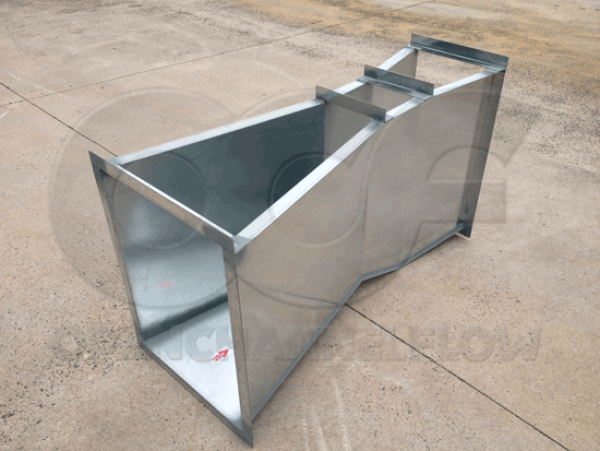
Galvanized Steel Parshall Flumes
In the right applications, galvanized steel Parshall flumes can be a good choice to measuring the flow of water. Irrigation and water rights applications (generally in the Intermountain Region of CO, UT, WY, MT, ID) were abrasive grit, stones, or debris are not present are…

Field Report - Flat Wing Walls and Parshall Flumes
In an earlier article we discussed the use of flat 45ª wing walls to transition flow into Parshall flumes. The article focused on Blaisdell’s observation that a standing wave and wave trough were generated downstream of the intersection of the inlet 45ª…

Stabilizing Flumes in Earthen Channels
While many flumes are grouted into place, a sizable number are also installed in earthen channels (furrows, irrigation ditches, creeks, etc.). The traditional method of excavating the area, packing the earth, installing the flume, and then backfilling with the excavation…

8 Avoidable Errors When Measuring Open Channel Flow
People make mistakes.... The majority of errors in open channel flow measurement result from designers, installers, or operators - not from the equipment itself. These errors result from a vareity of sources - from a lack to training to inattention to detail - and are…
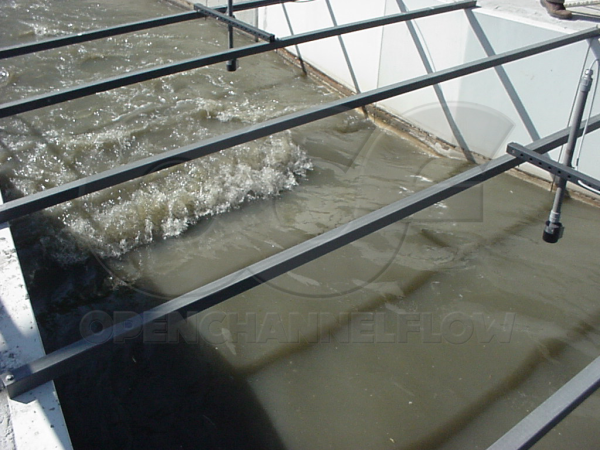
Upstream Conditions for Parshall Flumes
For a Parshall flume to function correctly it is important that certain guidelines be followed when selecting a site and installing a flume. In particular, the upstream conditions are of critical importance. It is tempting to say that there just isn’t room to…
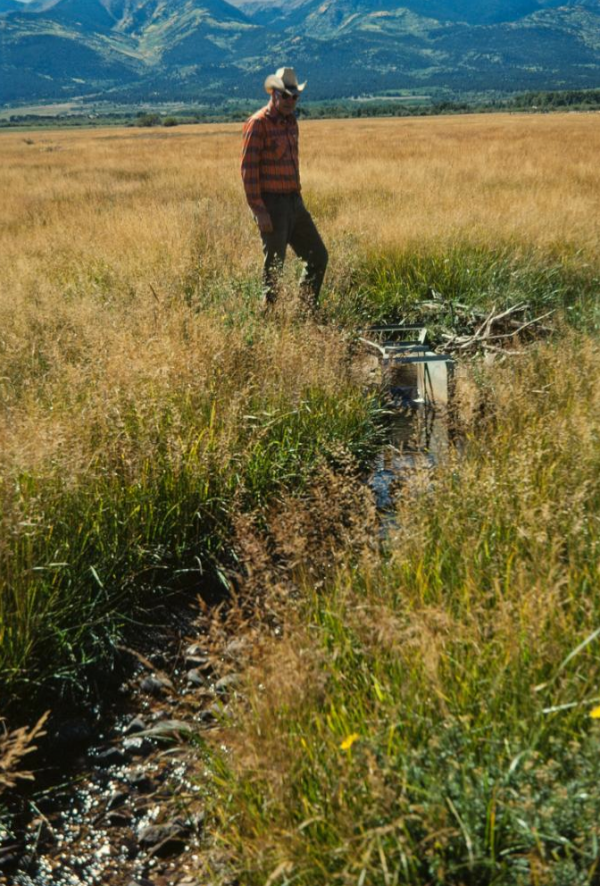
Using Parshall Flume in Irrigation Channels
We see Parshall flumes at wastewater treatment plants monitoring sanitary flows so often that sometimes we forget the original reason that the Parshall flume was developed – to measure irrigation flows. With 22 sizes available, Parshall flumes are capable of measuring…
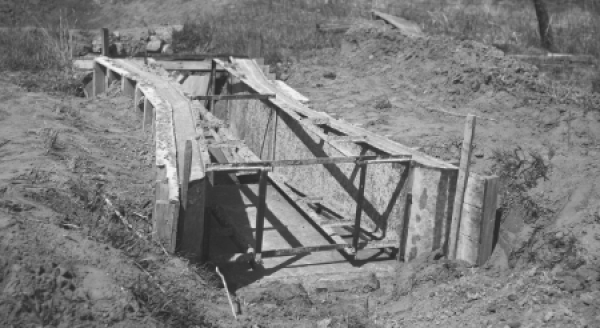
Calibrating a Parshall Flume

LOCATIONS IN ATLANTA, GA & BOISE, ID

